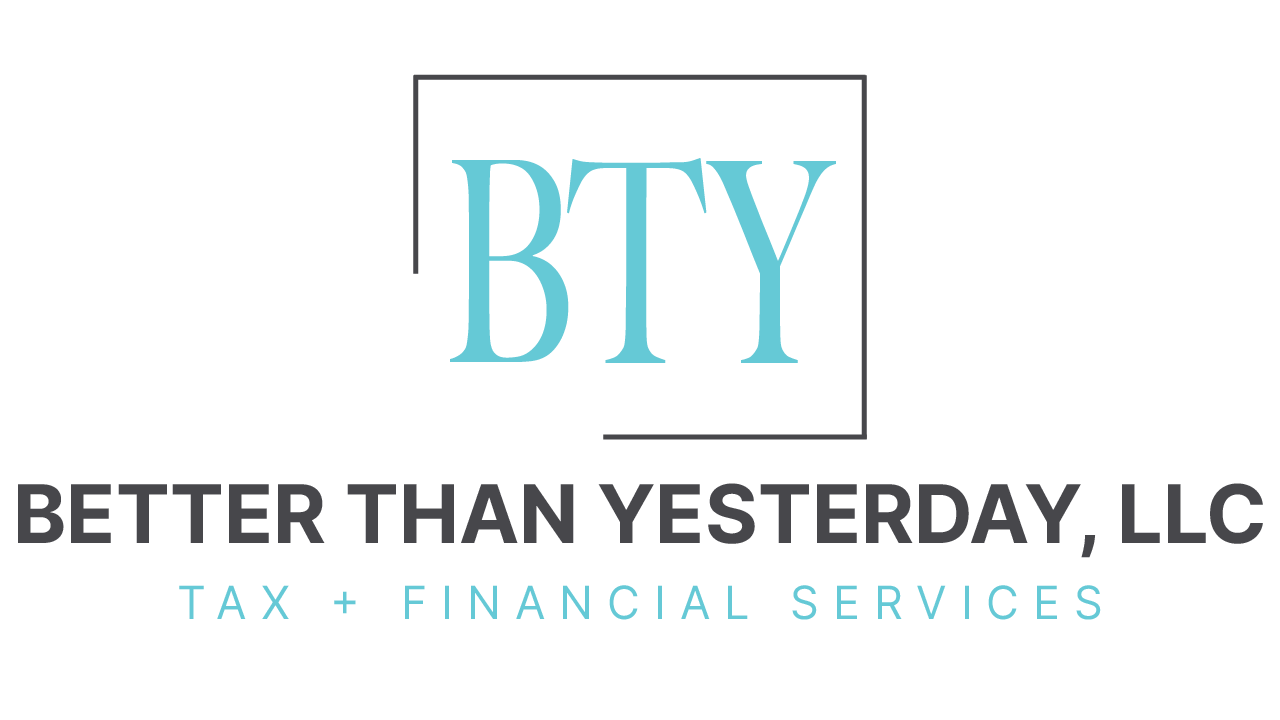There are many different retirement saving plans out there. And saving for retirement isn’t a one-size-fits-all deal.
Being educated on the different types of retirement accounts will help you select the best retirement plan for your situation.
So, let’s see what each one looks like…
INDIVIDUAL RETIREMENT ARRANGEMENTS (IRAS)
An IRA is an account that you can set up for yourself. You don’t need to open this retirement account through an employer. You can either go through your local investment broker or create an online account. There are three IRA accounts that you can set up for yourself:
1. Traditional IRA
A Traditional IRA defers your tax to when you retire. This means you get the tax benefit now rather than later.
So, if you plan on being in a lower tax bracket when you retire, then a Traditional IRA is the best option for you.
You will take your Traditional IRA contributions as a tax deduction each year that you contribute. Currently, the maximum IRA contribution is $6,000 a year. If you are age 50 or older, then you can contribute an extra $1,000, or $7,000 a year.
2. Roth IRA
A Roth IRA is contributed with after-tax dollars. Meaning when you withdraw your retirement at the appropriate age, then you will not be taxed since you already settled your tax bill on the contributions.
However, Roth IRAs have income limits. So, if your AGI is over $144,000 as a single filer or $214,000 as a married filer then you cannot contribute to a Roth IRA.
3. SEP IRA
SEP IRAs are a retirement plan for self-employed individuals. Contributions are made to a Traditional IRA, and the difference is that you can contribute way more than the normal Traditional IRA.
Self-employed individuals can contribute 25% of their net earnings from self-employment up to $61,000 for the year.
PLUS
You can use your SEP contribution as a tax deduction for the tax year. The contributions must be paid by April 15th to use on your prior-year tax return.
401(K) RETIREMENTPLANS
A 401(k) retirement plan is offered through employers, so this plan is only available to you if your workplace provides it as a benefit.
With a 401(k), you can contribute up to $20,500 a year, or if you’re age 50 or older then you can contribute $27,000 a year.
Your employer may also match a portion of your contributions.
Be aware of what plan your employer offers, whether it is a Roth 401(k) or Traditional 401(k). The same tax principles apply.
Roth is post-tax.
Traditional is pretax.
So, you either pay your taxes now or later.
403(B) RETIREMENT PLANS
A 403(b) retirement plan is basically a 401(k) retirement plan for non-profit and government organizations. Each one is similar in contribution limits and Roth options.
The major difference is a 401(k) is for-profit organization retirement, and a 403(b) is non-profit and government agency retirement.
457(B) RETIREMENT PLANS
A 457(b) plan is again similar to a 401(k) plan. The contribution limits are the same, but 457(b) plans have a special catch-up contribution limit for state and local government plans. This allows a participant for 3 years prior to the normal retirement (specified in the plan) to contribute the lesser of:
- Twice the annual limit $41,000 ($20,500 is the annual limit), or
- The basic annual limit plus the amount of the basic limit not used in prior years
- This is only allowed if not using age 50 or over catch-up contributions
457 plans are offered by state and local governments and some non-profits.
SIMPLE 401(K) RETIREMENT PLANS
A SIMPLE 401(k) is for small businesses with 100 or fewer employees.
Unlike a regular 401(k), the employer must do either of the following:
- Match contributions up to 3% of each employee’s pay, or
- Make a non-elective contribution of 2% of each eligible employee’s pay.
The employee can annually contribute, as of 2021, $14,000 if under the age of 50. Age 50 and older employees can contribute $17,000 annually.
SIMPLE IRA
A SIMPLE IRA is another small business retirement plan for employers who are not currently sponsoring a retirement plan.
Again, the employer must do either of the following:
- Match contributions up to 3% of each employee’s pay, or
- Make a non-elective contribution of 2% of each eligible employee’s pay.
The annual maximum contribution limits are $14,000 per year for employees under age 50. For age 50 and older employees, they can contribute an additional $3,000 per year.
HSA
Yes, you read that right. An HSA (Health Savings Account) is on the retirement account list.
This is a nice add-on option, NOT the main retirement option.
Think of this as a health IRA.
There is no minimum distribution for an HSA. Therefore, you can keep money in an HSA for as long as you would like. Maximum annual contributions are $3,650 for self-only or $7,300 for families. The catch-up contribution for individuals age 55 or older is $1,000 per year.
Of course, you can use it over the years to pay for medical expenses tax-free. But when you turn 65 the HSA will act as a traditional IRA. You can take money out for anything that you’d like, but you’ll pay taxes on it when you do.
You can still pay for medical expenses tax-free though!
Again, this is NOT the main retirement plan. This is a secondary retirement option or a future side benefit to owning an HSA account.
Deciding on a retirement plan doesn’t have to be painful. If you still have questions on the best retirement plan for you, then connect with a pro to help you pick the best option!
Hopefully, this gives you an idea of what retirement account works best for you!
All videos are made with Animaker, sign up for free today!






